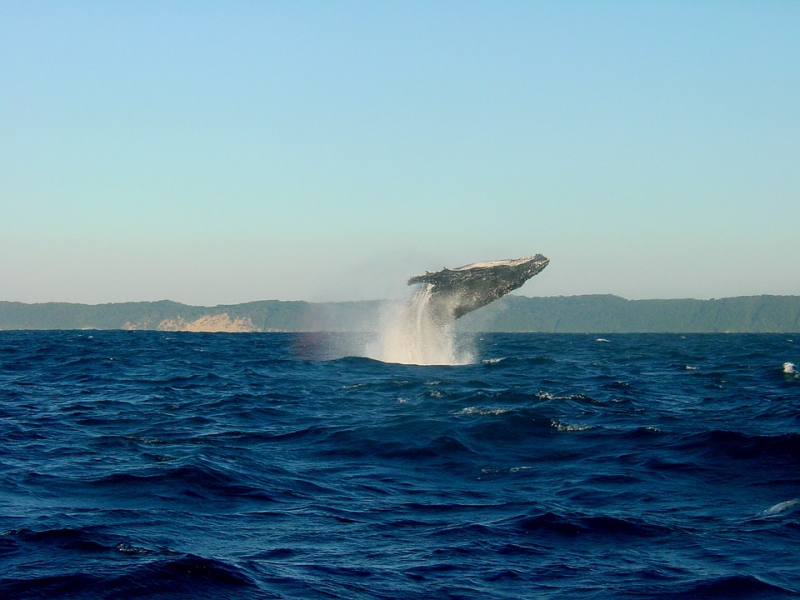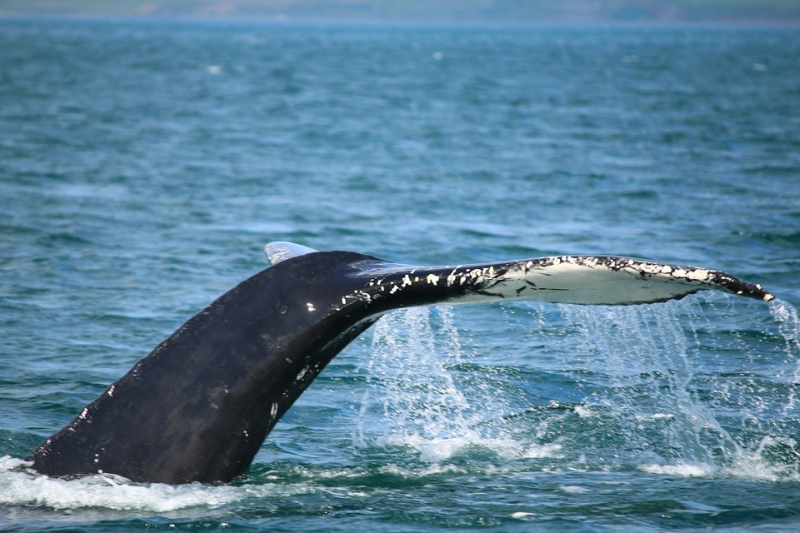Iceland
Whales have played an important role in Iceland's history since its settlement in the late ninth century. As an example of that, the Icelandic word for a stroke of good luck is 'hvalreki', which translates literally to 'beached whale'. Whaling, like fishing, has been practiced in Iceland for centuries. The ocean's gentle giants are now seen as something to admire from afar. Whale watching, like seeing the northern lights, hot springs, and glaciers, is a must-do on any Iceland trip.
Depending on the time of year, you can see whales splashing around under the northern lights or illuminated by the midnight sun. Whale watching from Reykjavik is a short walk from the city center, making it an easy activity to fit into a busy itinerary. There are also towns and villages all over the country that offer whale watching, so there are plenty of options.
Icelandic territorial waters are home to a diverse range of krill and fish due to abundant summer daylight and a unique combination of cold and warm sea currents. As a result, Iceland is a thriving feeding ground for 24 different whale species, ranging from the massive sperm whale to the diminutive harbor porpoise. The likelihood of seeing specific types of whales on a whale-watching trip varies according to the port of departure. The minke whale, on the other hand, is the most commonly seen animal and can be seen all year.
Minke whales are the most common whales in Icelandic waters, with many migrating here during the summer and a few remaining during the winter. They are small in comparison to other species but can grow to be 30 feet (9 meters) long. Their behavior is typically shy, but due to their abundance, you can see them from almost all whale-watching ports, including Reykjavik.












